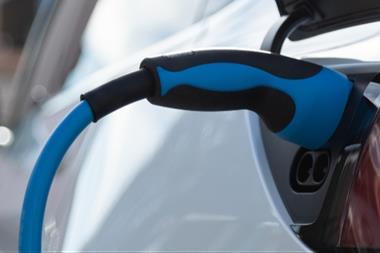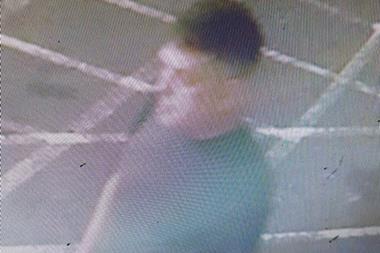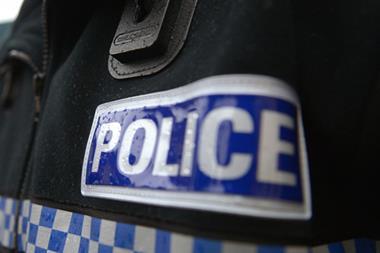Older cars are enjoying the strongest demand in the secondhand market as used car dealers hunt for vehicles that will compete best against cheap new car deals.
The impact on used car demand caused by low finance rates and discounts to encourage new car registrations is revealed by Black Book Live, the used car trade price monitoring and trending tool.
It reported that overall trade values across the market are stable and, in some cases, rose during the second half of August due to restricted volume coupled with on-going solid retail demand.
This year’s push for more new car registrations has not reduced demand in a strong used car market, although there are signs of some downward pressure on late plate values.
Black Book Live identifies the most highly prized cars for retail as prime condition older examples, especially around 3 - 4 years old, which look best value in comparison with newer cars. Here, some trade prices increased in the 3rd and 4th weeks of August.
Derren Martin, senior editor of Black Book Live, said: “For the first time in recent months, we are seeing 12-month-old values depreciating slightly more than their older counterparts.
“Although this has been anticipated within the industry and is not unexpected, it was only during August that we saw real evidence of values for late plate cars being more heavily affected than the rest of the age ranges.
“It is important to note that the additional depreciation is still only at a low level and there is no suggestion that the sky is falling in. However, this is something to keep a close eye on over the coming months. Unsurprisingly, in percentage terms it is the City Car sector - a key area for price point advertising and low monthly payments within the new car arena - that is most affected.”
Looking ahead, Martin said: “With the introduction of the new 63 plate there will be more new car registration growth and it will be interesting to see the impact on used car values.
“Factors that come into play are the likely influx of dealer part exchanges, the attractiveness of new car offers from manufacturers, and the determination of franchised dealers to hit their new targets.
“The impact of more stock in the market from trade-ins is unlikely to have any major impact until towards the end of September. New car offers will be strong from day one, but may improve throughout the month as some manufacturers chase market share. Many dealer groups are already feeding back that they are chasing the top tier of new car bonuses.
“The expected influx of trade-ins during the month is likely to reduce the need for franchised dealers to attend auction. Furthermore, as the supply reaching the auctions builds through the month, independent dealers will have the benefit of more choice which inevitably means more attention is paid to the better quality cars.
“Overall it is likely that values will stay steady through the early days of September. Any adverse impact from the increased new car activity is likely to be felt towards the end of the month and into October.”






























No comments yet